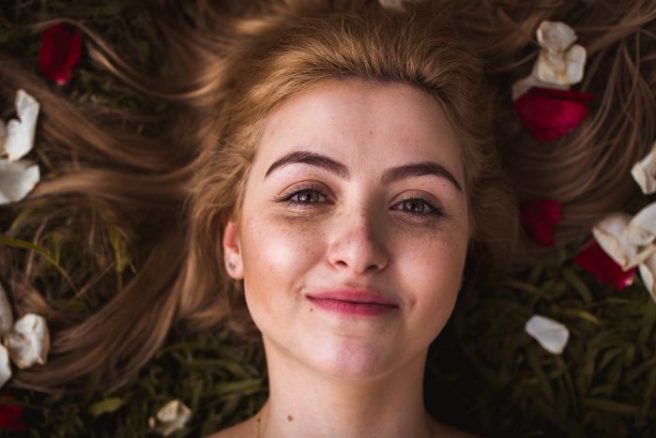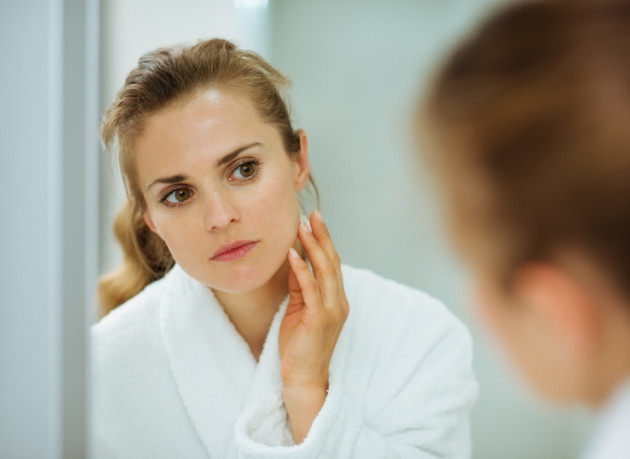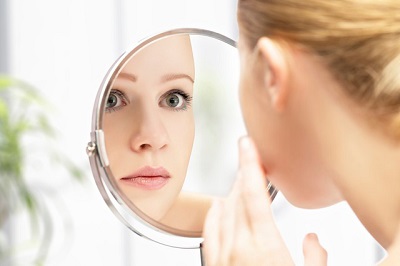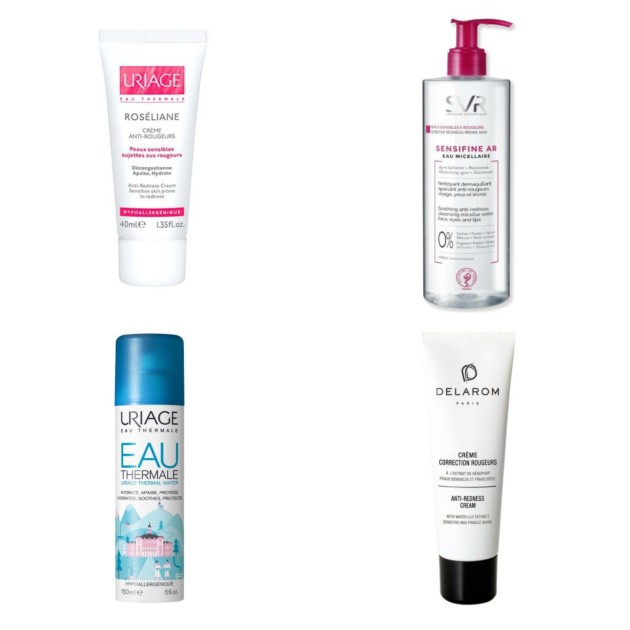
Rosacea 101: How to tell if you have it (and what to do about it)
Skin problems can get us down on the best of days, and despite loving the skin we are in, sometimes our issues can make our skin feel out of control.
Rosacea is a chronic, inflammatory skin condition that can be characterised by red patches on the face, and can affect both men and women.
It tends to present itself as a rash usually on the face, and occurs predominantly in middle-aged, fair-skinned people, between the ages of 30 and 60.

The forehead, cheeks, chin and nose are the areas most commonly affected, and can be reddened with dilated blood vessels, red bumps and pus filled spots. Inflammation of the eyes or eyelids may be present.
According to Marie Therese Burke, National Trainer with Graham Anthony Distribution, there are four different stages of rosacea ( and we probs have them all, tbh):
1. Facial redness or vasomotor flushing
The first stage of rosacea is where a redness appears on the face’s skin, appearing similar to a sunburn. This is caused by flushing – when excess blood rapidly flows through the skin's blood vessels, which then need to enlarge in order to handle this flow. After a period of time facial skin can become very dry whilst the redness can become more noticeable.
2. Erythrosis or Couperose
In some cases there will be a second stage, where small permanent red vessels can appear progressively on the face. This is mainly found on the cheekbones and the nose. This is called “couperosis”

3. Papulopustular Rosacea
This is when bumps and pimple-like eruptions add to the redness. Some of the bumps at this stage can become infected with acne-causing bacteria. This stage is often what people are referring to when they say they have acne rosacea.
4. Rhinophyma
If the condition progresses, the nose will become swollen, appear redder and bumpy which changes its shape. This swelling is because there is formation of scar-like tissue and the sebaceous glands (which produce oil on the skin) get bigger. This fourth stage is usually only found where rosacea has been active for many years.
So what's a gal to do about it?
Marie Therese suggests using fragrance-free products that contain active ingredients. This will help to smooth, moisturise, protect and treat rosacea. Vitamin B and C are also very important; vitamin B protects skin from external irritants by fortifying the skin and vitamin C will strengthen the wall of delicate vessels.

- Uriage Roséliane Anti-Redness Cream
This cream can help to fight against Kallikrein 5 Activity, which causes inflammation and vascular problems. Using its SK5R complex, this product provides a highly effective soothing action against Kallikrein 5 Activity. €21; available in pharmacies nationwide and at www.uriage.ie.
- SENSIFINE AR Eau Micellaire
Ultra-gentle on the skin, it is uncompromising on even the most stubborn make-up, including waterproof! Efficacy and tolerance tested on sensitive, reactive, rosacea-prone skin. Suitable for contact lens wearers. €17; available in pharmacies nationwide.
- Delarom Anti-Redness Cream
Delarom Anti-Redness Cream is a gentle lotion that will sooth your complexion and keep redness at bay due to its essential ingredients such as water lily extracts that soothes and relieves delicate skin.€45.00; available in pharmacies nationwide and at www.delarom.ie.
- Uriage Thermal Water
Uriage Thermal Water Spray has the highest concentration of minerals and trace elements and is proven to be soothing and fortifying for the skin. €5 – €14.50; available in pharmacies nationwide and at www.uriage.ie.






